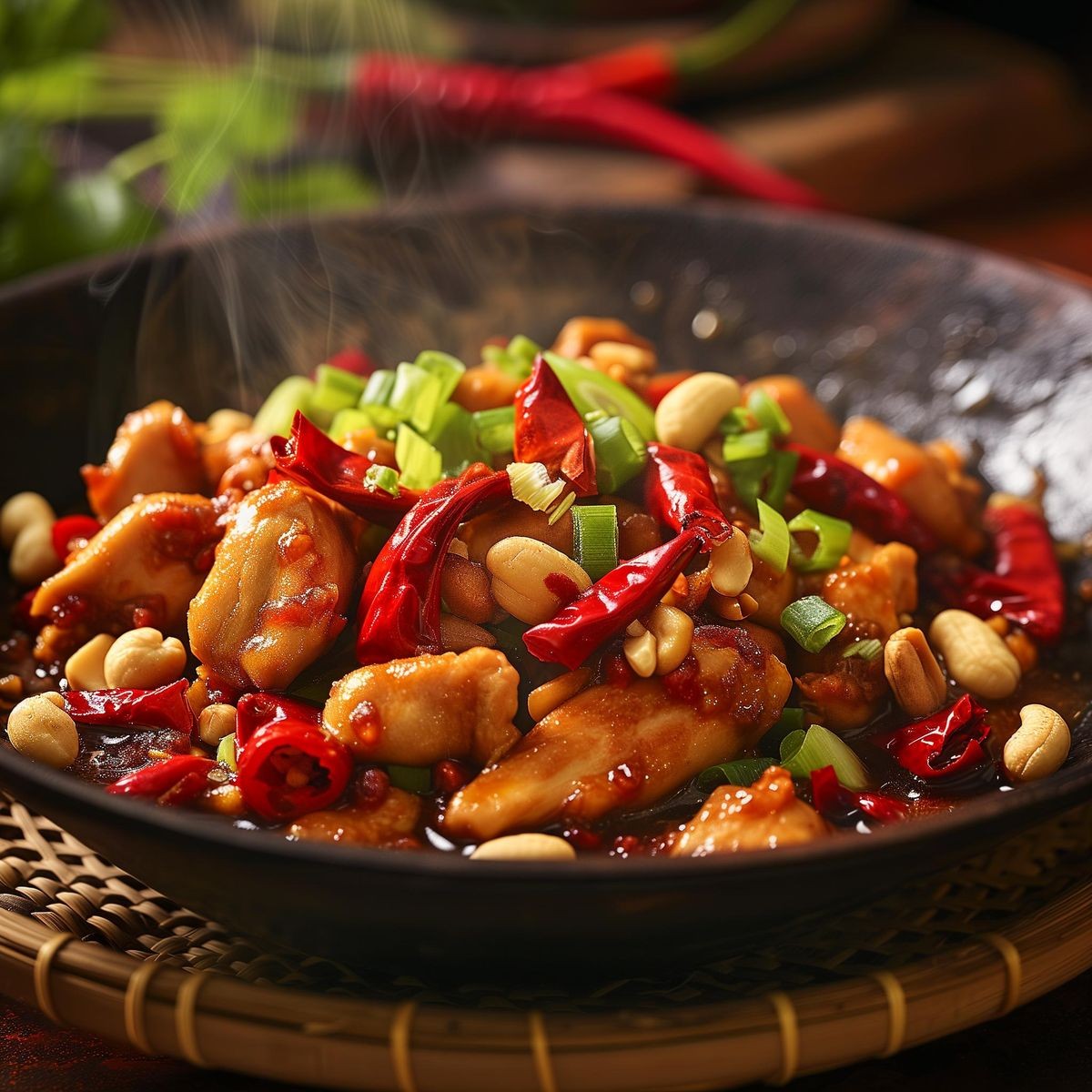
Inside China’s Kitchens: The Real Story Behind Kung Pao Chicken
LoveFood ReadyMeals – Few Chinese dishes enjoy the same international fame as Kung Pao Chicken. This bold and flavorful stir-fry has won hearts worldwide, thanks to its signature blend of heat, sweetness, and crunch. However, behind its popular appeal lies a much deeper story—one that reflects tradition, technique, and cultural pride.
A Dish Rooted in History
Kung Pao Chicken traces its roots back to China’s Qing Dynasty. The dish is named after Ding Baozhen, a respected official who once held the title “Gong Bao,” meaning “Palace Guardian.” As legend has it, his fondness for spicy chicken inspired the creation of this now-famous recipe.
Throughout political changes in modern China, the dish underwent temporary name changes to distance it from its imperial ties. Nevertheless, it remained a staple of Sichuan cuisine and eventually reclaimed its identity. Today, it stands as a symbol of regional pride and culinary heritage.
“Read More : Taiwan Launches Multi-Layered “T-Dome” Air Defense System Amid Growing China Threat”
Mastering the Art of Cooking Kung Pao Chicken
Cooking Kung Pao Chicken is more than just stir-frying ingredients. It begins with marinating bite-sized chicken pieces to lock in moisture and flavor. Following that, chefs flash-fry dried chilies and Sichuan peppercorns to create the dish’s signature aroma and numbing spice.
Once the spices have bloomed, the chicken returns to the wok and is quickly stir-fried. A tangy-sweet sauce made from soy sauce, vinegar, sugar, and Shaoxing wine brings all the flavors together. Finally, roasted peanuts add the perfect crunch and contrast.
Each step demands precision. Timing, temperature, and technique must work in harmony to achieve the dish’s signature balance of boldness and elegance.
Regional Variations and Global Adaptations
While Kung Pao Chicken originates from Sichuan, its flavor profile has evolved across regions. In some areas, cooks adjust the chili level, swap the protein, or add vegetables to suit local preferences. These variations show how deeply the dish is woven into the culinary fabric of China.
As it made its way across the globe, Kung Pao Chicken adapted even further. Western versions often include bell peppers, onions, or cashews, and are milder in spice. Although purists may raise an eyebrow, these modern takes have helped the dish gain broader popularity.
Life in the Kitchen: Discipline and Tradition
In Chinese kitchens, preparing Kung Pao Chicken reflects more than just flavor—it honors discipline, respect, and centuries of cooking wisdom. Chefs don’t improvise; they follow a strict sequence. Ingredients are prepped and measured with care, ensuring every component plays its role.
Timing is critical. Overcooking the chilies results in bitterness, while undercooking the sauce yields imbalance. The beauty lies in the control: a dish that appears simple is, in truth, a masterclass in culinary technique.
“Read More : The Delicious Story Behind Thailand’s Most Famous Noodle — Pad Thai”
Why Kung Pao Chicken Remains Relevant
Despite global food trends and evolving palates, Kung Pao Chicken has retained its identity. It continues to inspire both traditional chefs and contemporary fusion cooks. Its blend of flavor and versatility makes it a favorite across cultures.
Moreover, it serves as a culinary bridge. It introduces global diners to the nuances of Chinese cooking while giving Chinese communities abroad a connection to their roots. It’s not just a dish—it’s a cultural messenger.
Not Just a Meal, But a Legacy
Every bite of Kung Pao Chicken tells a story—of dynasties, of resilience, of families passing down recipes. It’s more than just comfort food. It’s an expression of identity and heritage, served sizzling hot from a well-seasoned wok.
So next time you savor this dish, remember: you’re not only enjoying a delicious meal. You’re participating in a history that spans centuries and continents, carried through generations by spice and soul.